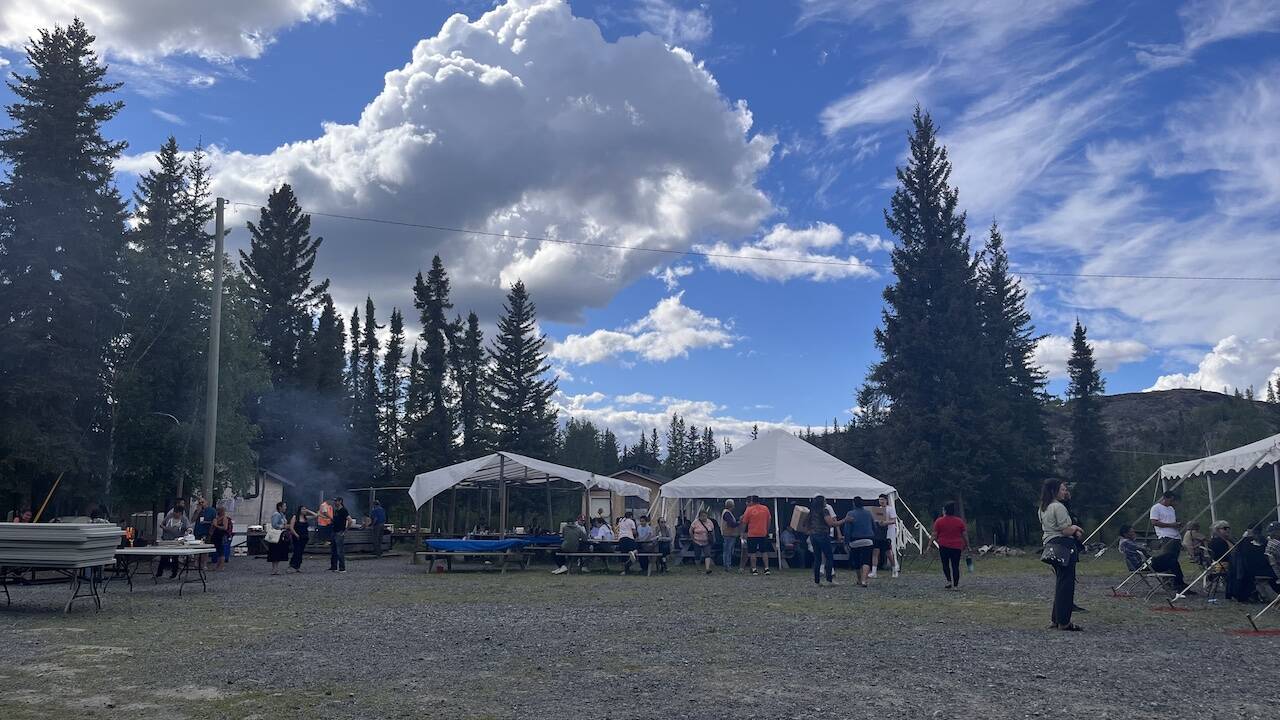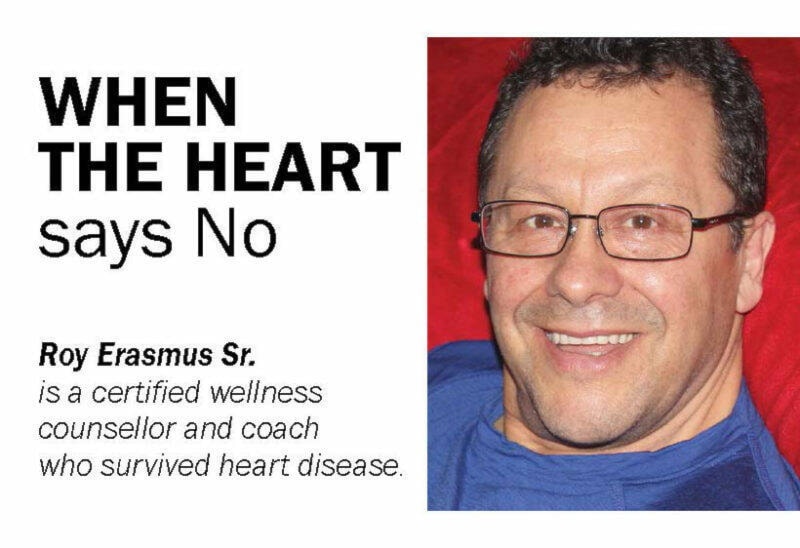A wonderful Dene reunion was held July 18 to 21 at the Wiliideh Site at the Yellowknife River.
It was called the Dene National Special Assembly and delegates, Elders, Youth and observers attended from every region.
Remember, these annual Dene assembly meetings have been held every summer since 1970, and they all generate excitement because it brings the NWT Dene family together where many people see one another for the first time in a long time, sometimes not for years. Woohoo!
Dene National Chief Gerry Antoine says it’s all part of the “Dene family members gathered together taking the necessary steps to help each other to create and foster relationships as we move forward.”
When Jean and I were walking around the grounds, we saw people excitedly spot each other, laugh, hug each other and break into discussions. During the breaks, people walked around and made sure they went to see others they wanted to speak to.
Naturally, people came up to us and we went to others that we knew. Many people commented on the work we are doing and especially about the Northern Indigenous Counselling initiative through which we graduated 15 Northern Indigenous counsellors.
It’s wonderful to see and to be a part of. When I was on the Yellowknives Dene Band Council, I always tried to go to the Dene Assembly because of the atmosphere and the opportunity to see old friends. But of course, business first, eschia (take it easy, eh!)
The assembly is a time for celebration, and this one was no different. There were kids swimming, free food and snacks, 50/50 tickets, a feast, a Drum dance, a talent show — and the ever-present visiting, camaraderie, smiles and laughter.

Naturally, important business was discussed, like reports from Dene National Chief Gerald Antoine, the Constitutional Reform Commission chaired by former AFN and Dene National Chief Georges Erasmus, Tim O’Loan honoured the First Nations Veterans, and of course, the all-important yearly financial audit.
Also of interest was the Papal visit that many people will be trying to attend, the report on First Nations Child and Family Services compensation by former Dene National Chief Bill Erasmus, and the presentation by Jagmeet Singh, leader of the national NDP Party. Yayyy Jagmeet.
NWT unmarked graves project
A Dene Nation project that generated a lot of interest is the NWT Indian Residential School (IRS) Graves Project that is being headed by Dr Tom Andrews, former territorial archaeologist and manager of the Cultural Places Program at the territorial museum.
Andrews made a report and answered a lot of questions. This is understandable as we had the largest per capita of people in Canada attending residential schools, and pretty well every single Indigenous person in the NWT has been affected by this. Not cool.
Andrews’ report says former residential schools in the south “have found thousands of unmarked graves, confirming what many Indigenous peoples have been saying for decades. It’s time to commence similar work in the NWT.”
The plan is to try to first determine how many children were lost and where there might be unmarked graves at each of the NWT’s 15 residential school sites. This will be done by conducting research at various archives of the Hudson’s Bay Company, the National Centre for Truth and Reconciliation, Oblates, and the GNWT. A team of researchers will also visit various communities to interview key Elders. Now you’re talking.
The second phase of the project will see the information summarized and utilized by people using ground-penetrating radar to physically survey each residential school site.
This work continues the work done from 1992-1994 in Fort Providence at the Sacred Heart Mission School. Nearly 300 potentially unmarked graves were found through community research and ground-penetrating radar. Good work, Prov.
A recent finding that gained national attention was the evidence of 212 graves in Kamloops, B.C., in May 2021. Chief Rosanne Casimir says the Tk’emlúps te Secwépemc First Nation will soon decide if they will start an archeological dig to exhume remains.
So many other communities began to find unmarked graves since Kamloops that the federal government announced a special interlocutor to work with Indigenous peoples to recommend changes to federal laws and practices, to protect and preserve unmarked burial sites.
At the same time, the federal government announced $320 million was available in new money to help Indigenous people search for burial sites and to support survivors and their communities. Kudos to the Liberal government.
Hopefully, some of that funding will go towards this NWT project, which intends to hire 10 community liaisons/interpreters and provide honoraria for up to 40 Elders.
The key members of the research team are volunteering their time and will not receive a salary for the project. That’s dedication.
Please cooperate with the team when they are in your community.
It’s nice to have gatherings like this again, especially after a couple of years of keeping to ourselves during the pandemic. We really missed the connections. Mahsi.
